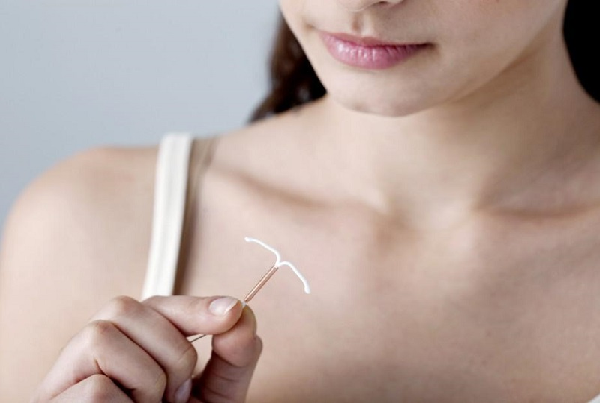
Contraception
Birth control or fertility control is the use of devices to prevent unwanted pregnancy…
Some are reversible while others are irreversible. Some types can also prevent sexually transmitted diseases (STDs).
- Hormonal contraceptive or Birth pills:
They are 99% effective at preventing pregnancy with perfect use But the pill doesn’t protect you from sexually transmitted diseases, including HIV.
HOW DOES HORMONAL CONTRACEPTION WORK
Hormonal contraceptives (the pill, the patch, and the vaginal ring) all contain a small amount of human-made estrogen and progestin hormones. These hormones inhibit your body’s natural hormones to prevent pregnancy in a few ways. The hormonal contraceptive usually stops the body from ovulating. They also change the cervical mucus to make it difficult for the sperm to go through the cervix and find an egg. They can also prevent pregnancy by changing the lining of the womb so it’s unlikely the fertilized egg will be implanted.
pregnancy by changing the lining of the womb so it’s unlikely the fertilized egg will be implanted.
- Barrier Method
Condoms
External Condoms are thin pouches that are worn over the penis during intercourse. They’re designed to catch fluid (precum and semen) that comes out of the penis, so it doesn’t make its way into the vagina. When done, you can carefully pull it off and toss it in the trash. They come in latex and non-latex options, like plastic (polyurethane and polyisoprene). With typical use, external condoms are 98% effective at preventing pregnancy. Bonus: Latex and plastic condoms can protect against STIs.
Cervical Caps
A cervical cap is a reusable rubber cap that you insert into the vagina to prevent sperm from getting inside the uterus.
You need to use it with spermicide (more on that in a sec) for maximum effectiveness, which is 71 to 88 percent effective with typical use. It also needs to stay in the vagina for at least 6 hours after sex to prevent pregnancy.
Cervical caps are reusable for up to a year with proper care.
Diaphragms
Like a cervical cap, a diaphragm is a reusable form of birth control that’s worn inside the vagina to keep sperm out of the uterus and prevent pregnancy. You need to use it with spermicide for the best protection, which is 71 to 88 percent with typical use.
Like the cap, a diaphragm also needs to be worn for at least 6 hours after sex.
- INTRAUTERINE CONTRACEPTIVE DEVICES
The copper-coated IUD prevents pregnancy by not allowing the sperm to fertilize the egg. It may also make it harder for a fertilized egg to implant in the uterus. An IUD coated with progestin works in a similar way, but also thickens the cervical mucus and thins the uterine lining.
The copper-bearing intra-uterine contraceptive device, popularly known as IUCD, is a small, flexible plastic frame containing coiled copper impregnated with barium sulfate. It is inserted in the uterus by a trained service provider after proper screening. Currently, there are two types of IUCDs available under the National Family Planning Programme:-
1. IUCD 380 A, effective up to 10 years
2. IUCD 375, effective up to 5 years
- Benefits
- Long-term, highly effective reversible protection against pregnancy
- Effective immediately after insertion
- Suitable for use by most women
- Safe for use in breastfeeding women
- Acts as an emergency contraceptive if inserted within five days of unprotected sexual intercourse (in case of multiple unprotected sexual contacts, within five days of first unprotected intercourse)
- One-time cost effective procedure
- No requirement for daily attention or special attention before sexual intercourse
- Immediate return of fertility upon removal of IUCD
- No drug interaction
- May help protect against endometrial and cervical cancer


